World Outside of Wilmington: Insights from Iranian Street Art
Editor’s Note: Amanda Milana is a student at UNCW majoring in International Studies and is a Contributing Writer for The Seahawk. The opinions expressed in this article are solely those of the author. All suggestions and inquiries may be sent via email to [email protected].
The picture of Iran painted by the media in recent months has been overwhelmingly negative in response to fear and apprehension regarding the Iran Nuclear Deal. On May 8, President Donald Trump made the momentous decision to withdraw from the deal and reimpose sanctions on Iran.
The merit of this decision remains contested, but it has risked the reemergence of Iran’s nuclear program, an escalation of conflict between Iran and Israel and further US isolation on the international stage. Further, the move has substantiated Iranian politicians’ claims that the US cannot be trusted.
However, to reduce Iran to a mere nuclear threat would undercut its rich Persian culture and endless societal complexities. The country’s art scene, ranging from traditional to irreverent, conveys the depth of Iranian character that American media coverage disregards.
Street art in Iran serves as a lens into various levels of culturally-based beliefs, from the state apparatus to individuals. The chameleon streets of Tehran have dutifully reflected the cultural shifts of the country and have kept a transient record of altered beliefs, leaders and enemies.
In the years leading up to the 1979 revolution against Iran’s Western-influenced regime under Reza Shah, anti-imperialist art colored private and public spaces with denunciations of neocolonialism. The environment of political transformation freed artists from the restrictions of state censorship, and pieces saturated with unfiltered outrage emerged.
After the 1979 revolution succeeded, the emerging state seized an unprecedented degree of control over the domain of street art as a propaganda tool. Street art exalted Islam and Ayatollah Ruhollah Khomeini in response to the Iran-Iraq War — a conflict that relied on a narrative of Islamic duty. The art built a strong cultural foundation for Khomeini’s rule by design, demonizing the former government’s secularity.
Political expression gave way to art for the sake of art once the Iran-Iraq War ended in 1988 and the country directed its efforts towards economic recovery. The government under Rafsanjani promoted freedom of expression and beauty — themes repressed by the war’s targeted manipulation of the populous. However, the pieces remained politically motivated and paid tribute to the vision of an ideal Islamic society. Further, the art continued to glorify Khomeini as a spiritual leader.
In 2005, the state tightened its grip on Iran and street art with it. President Ahmadinejad returned the government to a position of cultural control by pairing Islamic themes with political messages which reinforced the duality of politics and religion.
In Iran’s current juxtaposition of style, approved street art exists parallel to acts of political rebellion manifested through short-lived graffiti. The combination of sanctioned and illegal reflects the complexity of multilayered cultures in cities such as Tehran.
One state-approved street artist, Ghadyanloo Mehdi, painted over 100 murals from 2004-2010, according to his official website. His surrealist style aligns with the regime’s intention to reimpose societal stability. Mehdi portrays an Iran free of revolution and suffering.
The contentious side of Iranian politics bleeds through in the work of covert graffiti artists. The bursts of individual expression tinge the city with reminders of societal brokenness and government abuse.
However, street artists’ messages also have uplifting themes that carry messages of hope.
Street art has accompanied Iranians on their journey from monarchy to theocracy. The messages demonstrate key factors of societal health and governmental power. They provide fleeting glimpses into Iranian opinions during times of oppression, and they serve as indicators of the regime’s goals. These public expressions of societal ideals and ills provide valuable insight into Iranian consciousness by reflecting the immensely complex historical factors that shaped it.


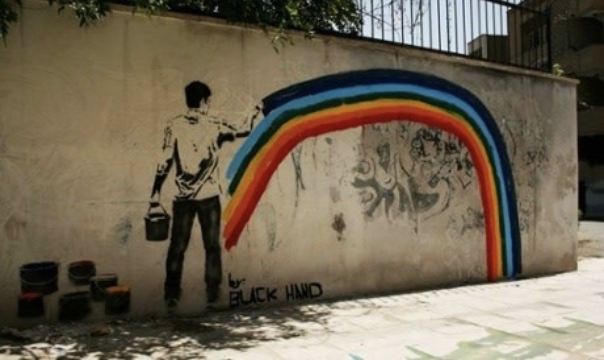
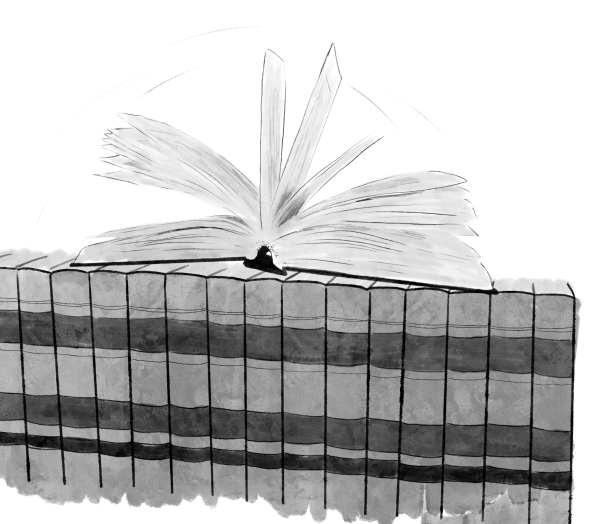
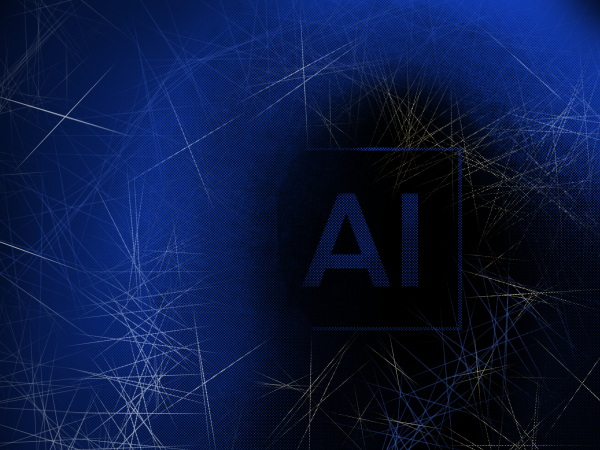
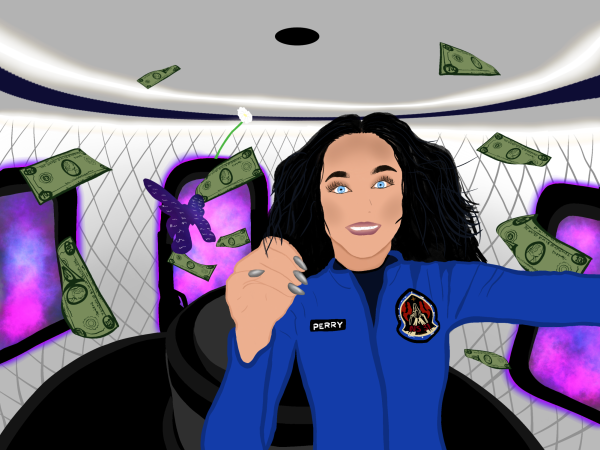



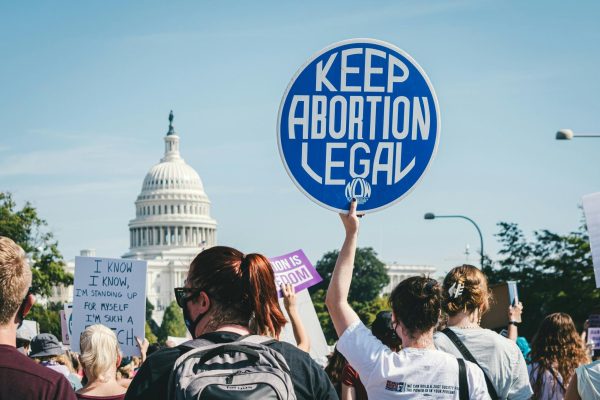



DecoraOnline • May 31, 2018 at 12:45 am
Thanks so much for the post.Much thanks again. Really Cool.